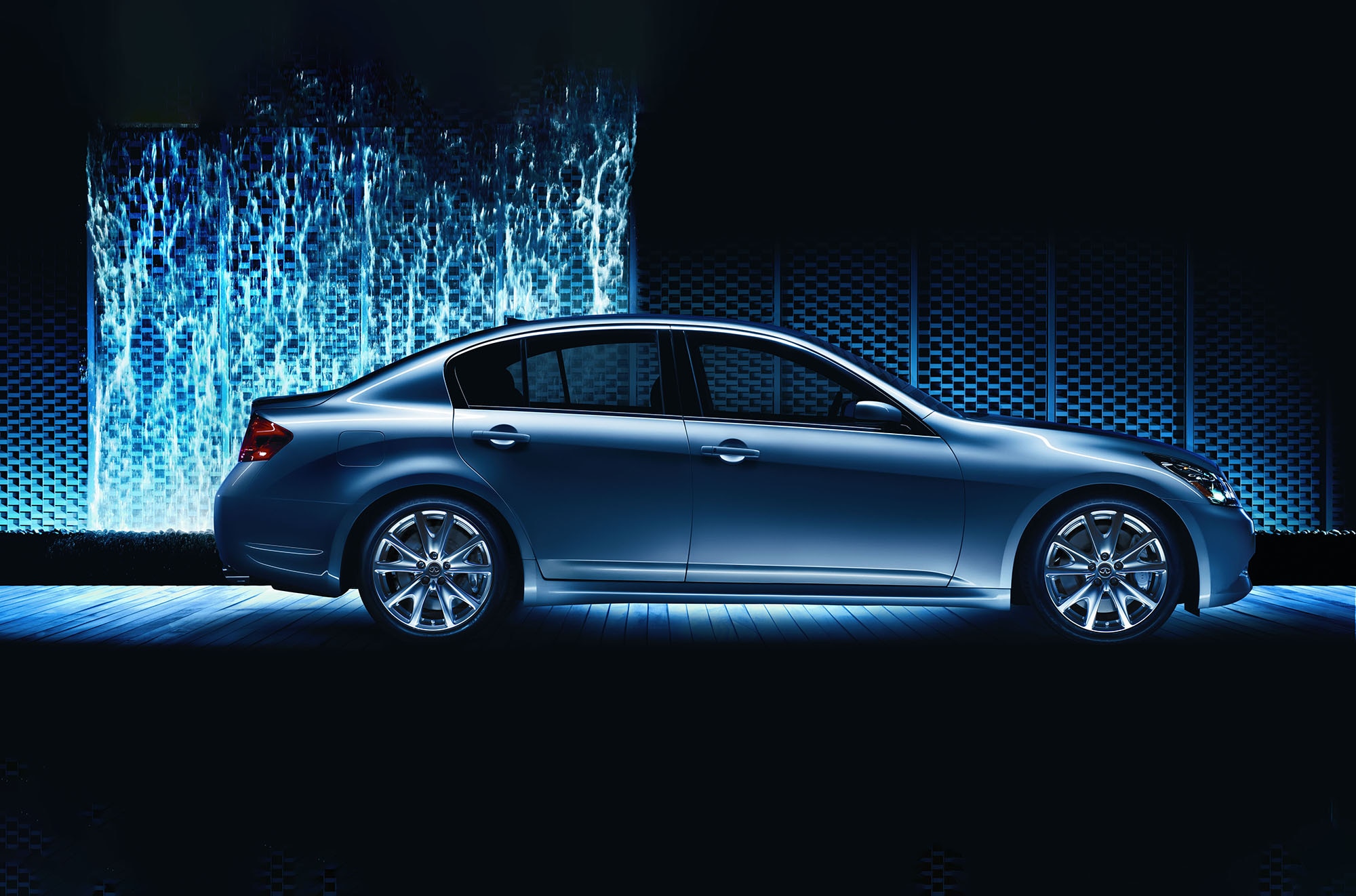What Is Self-Healing Paint?
With a special coating on your car, light scratches will simply melt away.
 Infiniti
Infiniti
Over the course of just about every day of your vehicle's life, its finish could acquire scratches just from existing in a harsh world. Many of those scratches are tiny, but the cumulative effect of layer upon layer of such blemishes can result in paint that looks more worn and dull with each passing month.
What if those little abrasions could heal themselves? It turns out such magic is possible.
Self-Healing Paint Relies on Special Coatings
Two main types of self-healing coatings can protect your paint job. A clear-coat layer is applied as a liquid over a vehicle's color coats, generally by the vehicle manufacturer. A thin plastic sheeting, often referred to as paint-protection film, or PPF, works more like a vehicle wrap and can be applied over existing paint.
Such coatings have chemical properties that cause their molecules to rearrange themselves back into something resembling their original order when disturbed. This process requires an external source of heat — generally just sunlight or buffing — that causes light scratches to "fill in" enough to render them invisible or at least harder to see.
This phenomenon resembles the way a scratch in a piece of ice will disappear as the ice melts. Damage won't be healed if it's severe enough to penetrate the self-healing layer of paint, but everyday light scratching should fade away.
Self-Healing Paint Coatings May Need to Be Reapplied
Self-healing coatings don't last forever. Generally speaking, they'll be good for about five or six years before the finish hardens sufficiently to freeze its molecular arrangement. In addition, special care must be taken when washing or polishing a vehicle equipped with a self-healing coating.
It's wise to use only products recommended by the coating manufacturer. If you want an aftermarket self-healing layer wrapped onto your vehicle, the cost of materials and labor ranges from $1,000 to $7,000.
 Nissan
Nissan
Some Cars Come With Self-Healing Paint From the Factory
A few vehicle manufacturers began offering self-healing paint beginning in the late 2000s. Some Nissan and Infiniti vehicles, such as the 2009 Infiniti G37, received a clear-coat called Scratch Shield, which also has been used to protect mobile telephone faces.
The Toyota Motor Corp. created a similar self-healing paint for use on Lexus vehicles. Its use continues today. In 2019, a Feynlab self-healing clear-coat started to be used on Panoz vehicles.
Written by humans.
Edited by humans.
 Murilee Martin
Murilee MartinMurilee Martin is the pen name of Phil Greden, a Colorado-based writer who appreciates Broughams d'Elegance, kei cars, Warsaw Pact hoopties, and the Simca Esplanada.
Related articles
View more related articles